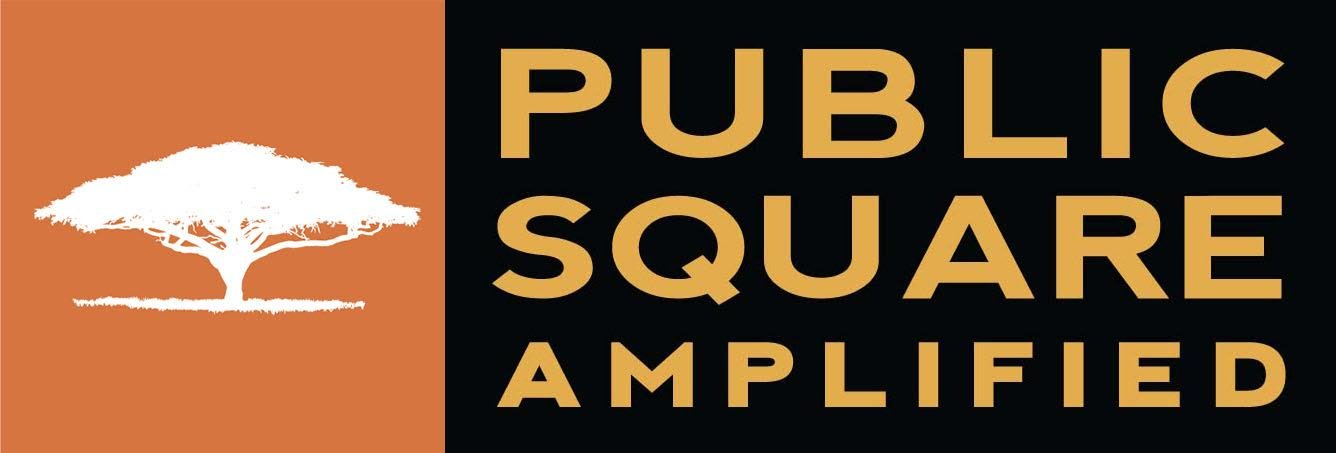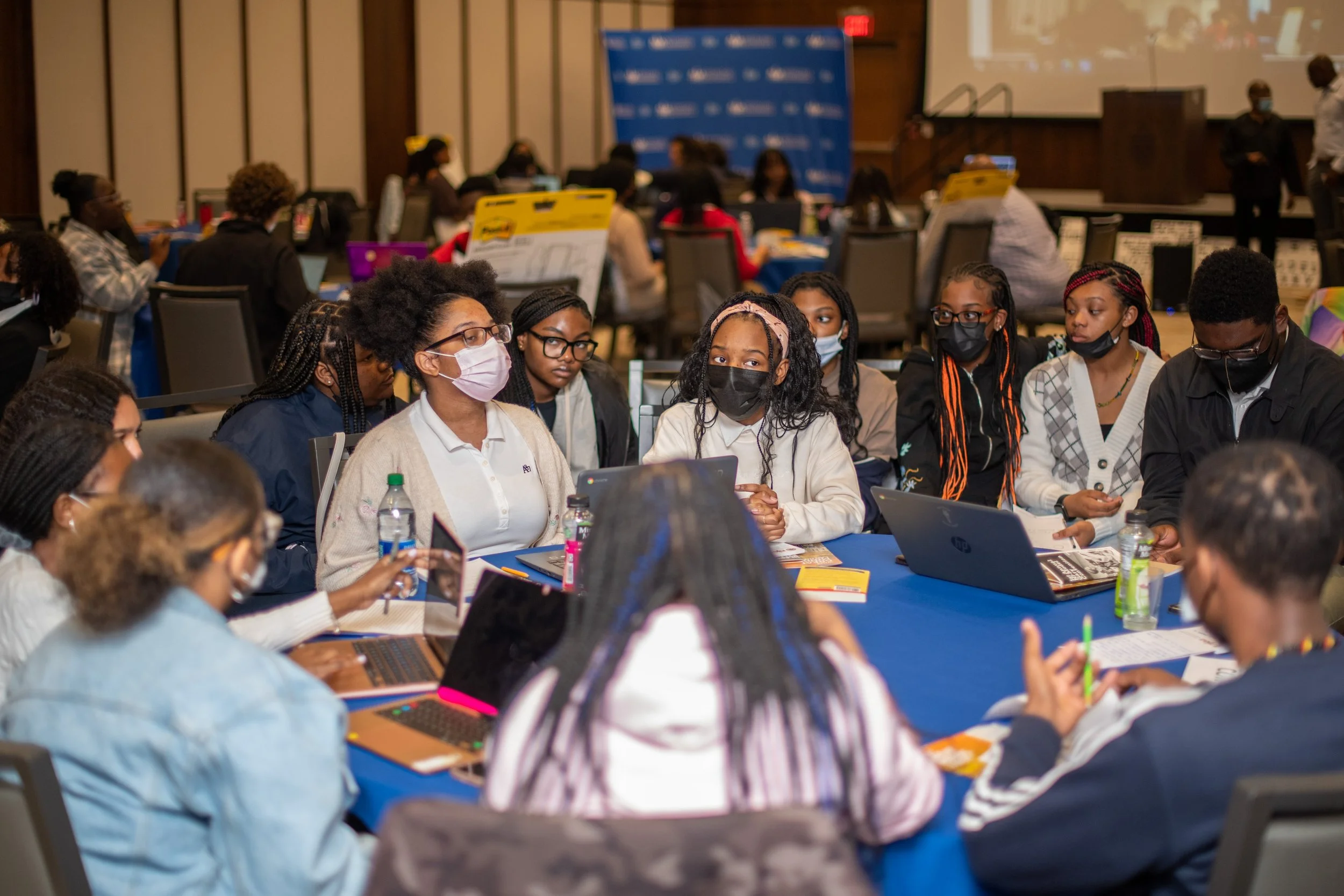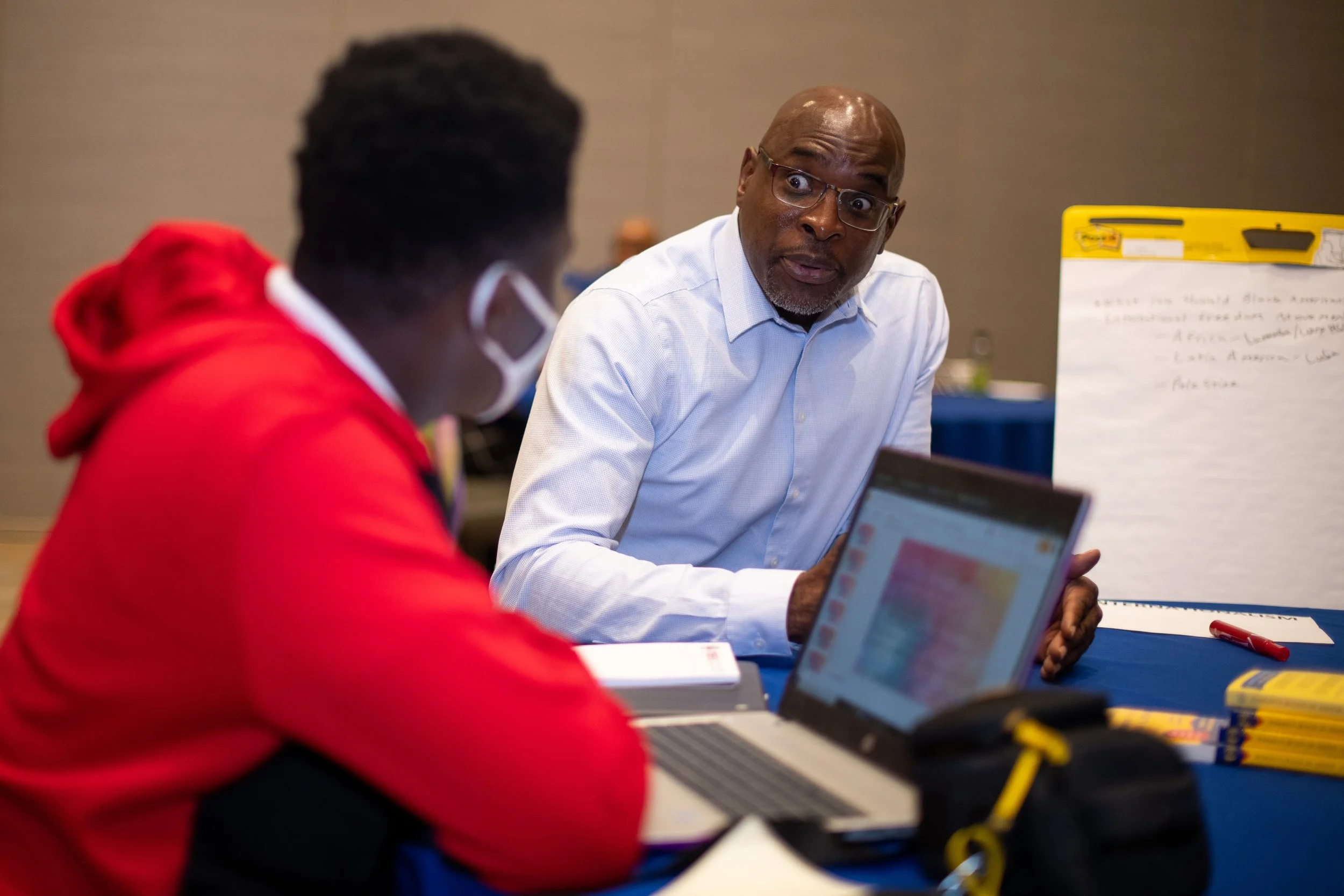Model Gary Convention inspires local students and educators
Student delegates discuss their policy research during the April 2022 Model Gary Convention at Seton Hall University. (Photo courtesy of Dr. Kelly Harris)
South Orange, NJ—New Jersey middle and high school students participated in the Model Gary Convention in Newark this spring. The event marked fifty years since the first National Black Political Convention (also known as the Gary Convention) took place in Indiana in March of 1972. In keeping with the original convention, student delegations gathered at Seton Hall from Friday, Apr. 29 to Saturday, Apr. 30 to discuss solutions to societal injustices and issues of importance to the Black community.
Students from seven schools: Science Park High School, Columbia High School, South Orange Middle High School, Maplewood Middle School, East Orange Campus High School, East Orange STEM Academy, and Sojourner Truth Middle School developed position papers on topics from education, health, economics, and politics. A delegation of home-schooled students also joined them. And after months of fine-tuning their arguments with the help of their advisors, these teams presented their work as part of the Model Gary Convention, where they worked with representatives from other schools to submit unified resolutions on which the General Assembly voted.
"The turnout was very good," said Dr. Kelly Harris, designer of the Model Gary Convention and director of Africana Studies at Seton Hall University. Sixty-four students participated in all. "Initially, we were hoping for 100-plus, but in retrospect, our turnout was perfect. The students were not overwhelmed and enjoyed discussing serious issues. It really hit home how much they enjoyed the experience and how seriously they took it when they crafted and discussed their resolutions.”
Dr. Kelly Harris speaks with a student during the April 2022 Model Gary Convention at Seton Hall University in Newark. (Photo courtesy of Dr. Kelly Harris)
Students reflected on the excitement of the day and what they appreciated about the convention:
Fifteen-year-old Shiloh Mansel said she learned about the Model Gary convention through her debate club and was pleased with the event's structure. "I thought we had to go on stage and present, which I was nervous about, but we just sat at the tables and conversed, and it was super comfortable and nice." Her team developed arguments about mental health and related stigmas. "Not taking mental health seriously, and generational trauma like beatings [that] shouldn't be happening in the Black community," she said.
"I've never been the best at writing papers, so it was a little difficult, but it did help me gain more knowledge," said Travis Keen, 14, of East Orange. His teammate, Nennin Toure, 16, who also worked on the mental health paper, said the other students' speeches inspired her: "I learned a lot about problems that we have… and ways to make sure we solve them even as individuals."
Gabrielle Lee, 12, is in the 7th grade. Her group tackled the unequal pay and representation of Black Americans in sports and entertainment. "I appreciate the teamwork and the collaboration and how we got to choose our topics.”
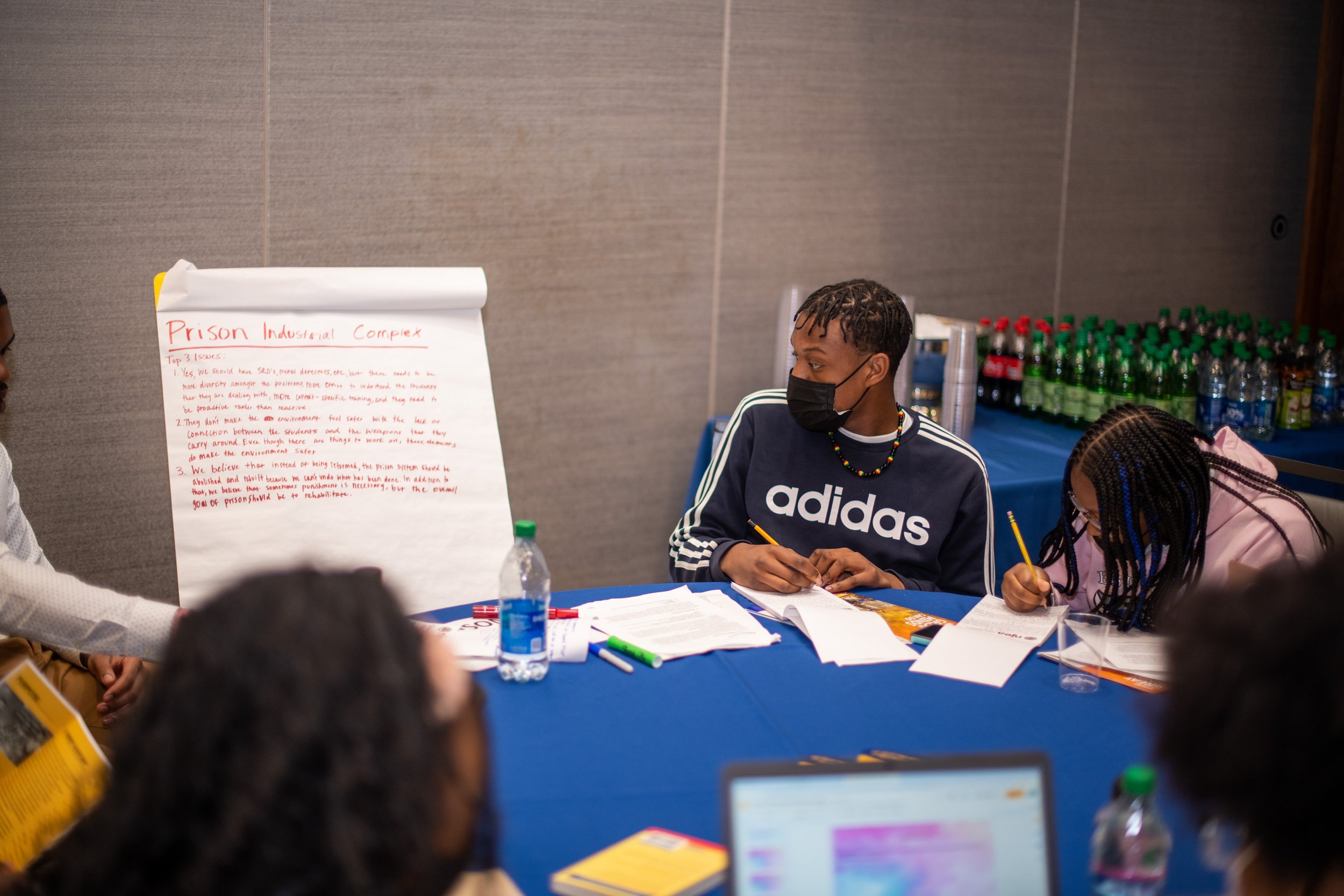
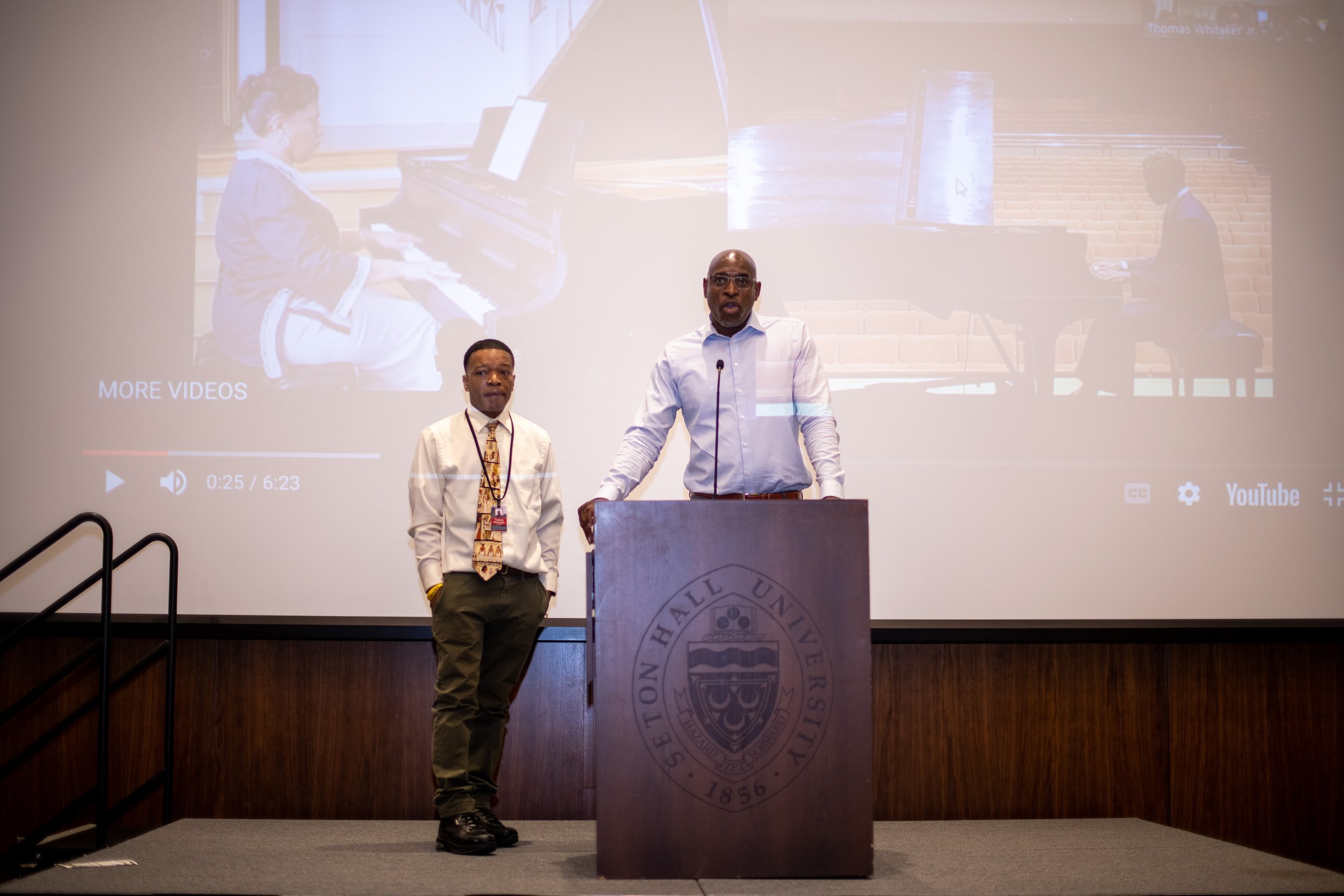
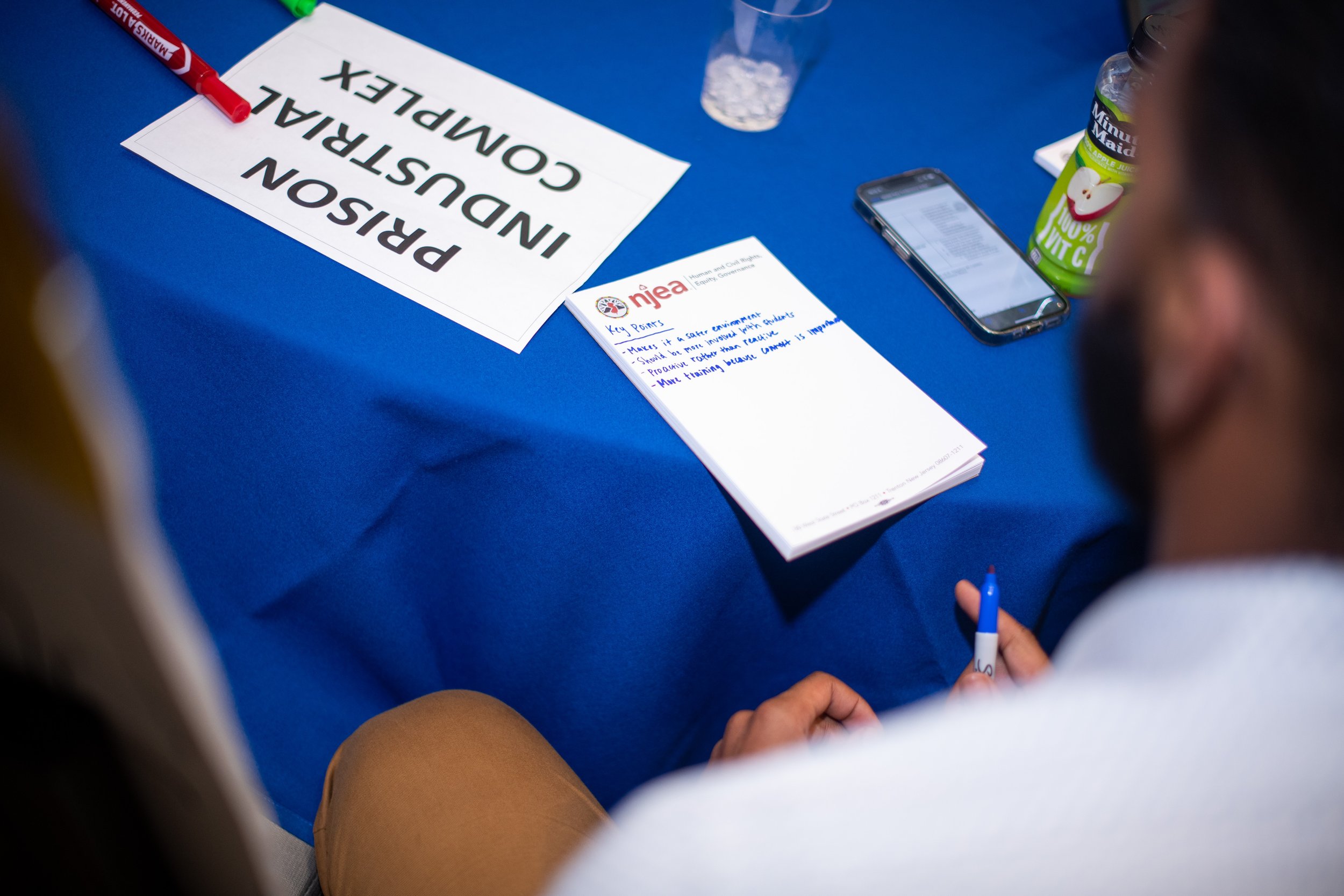
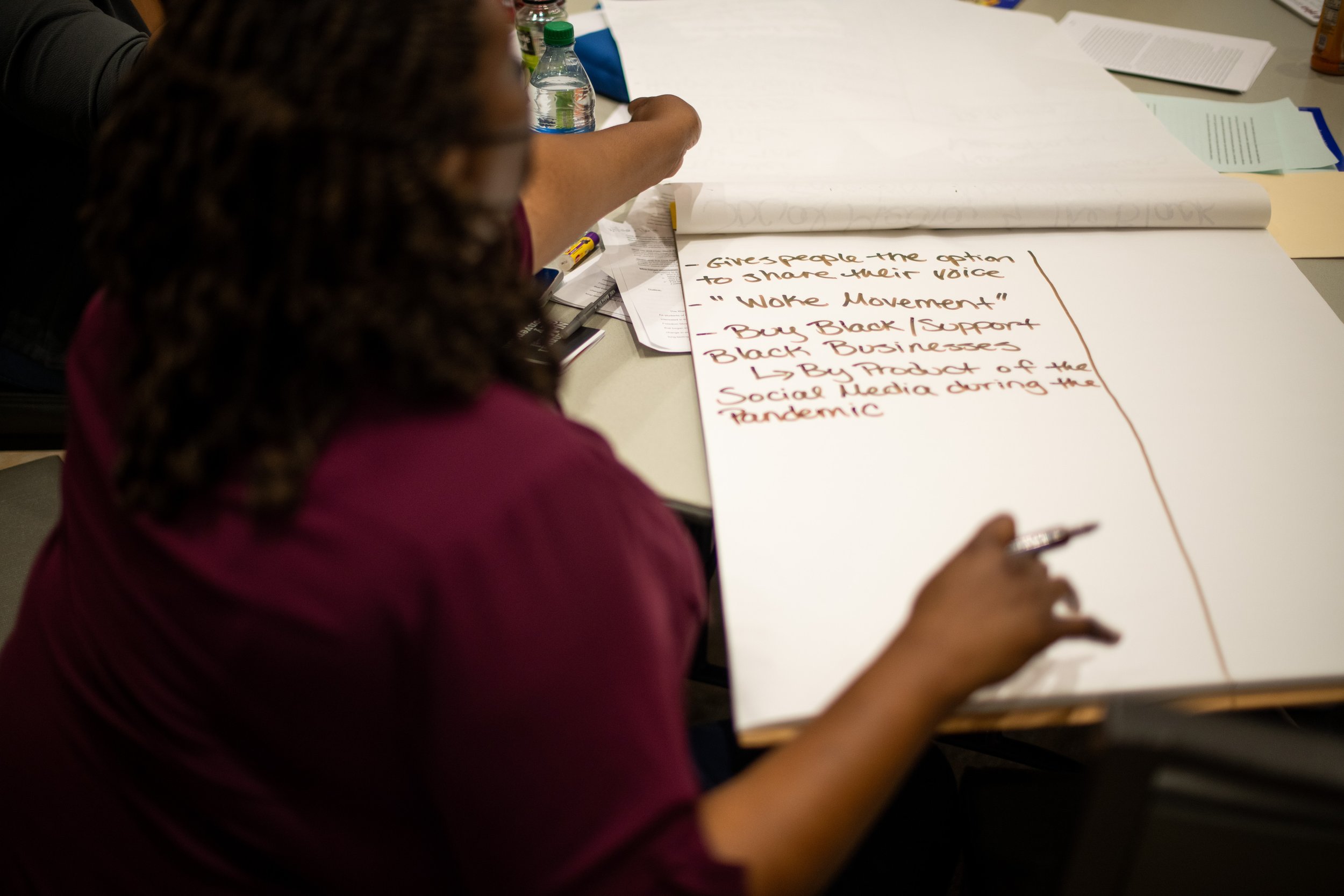
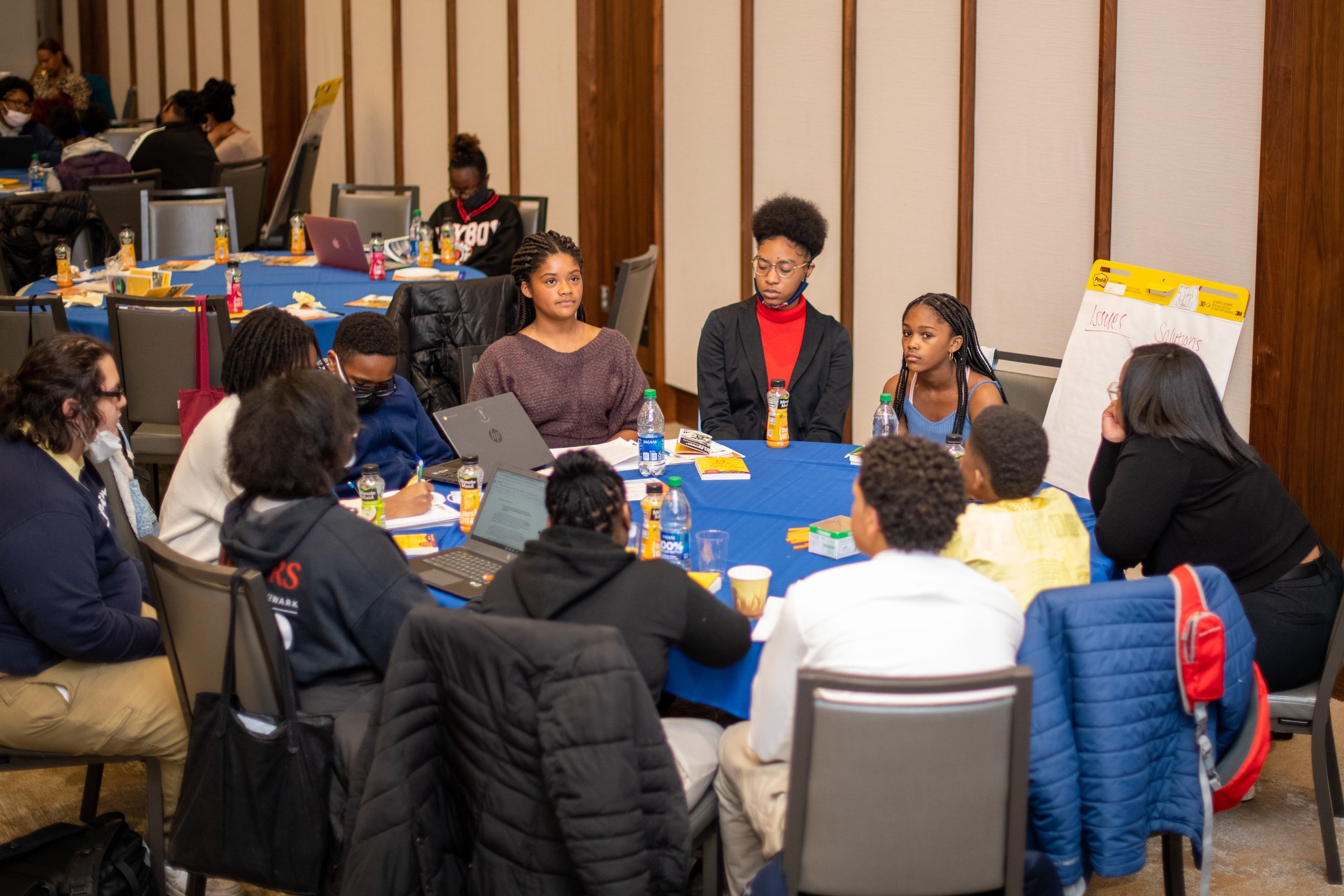
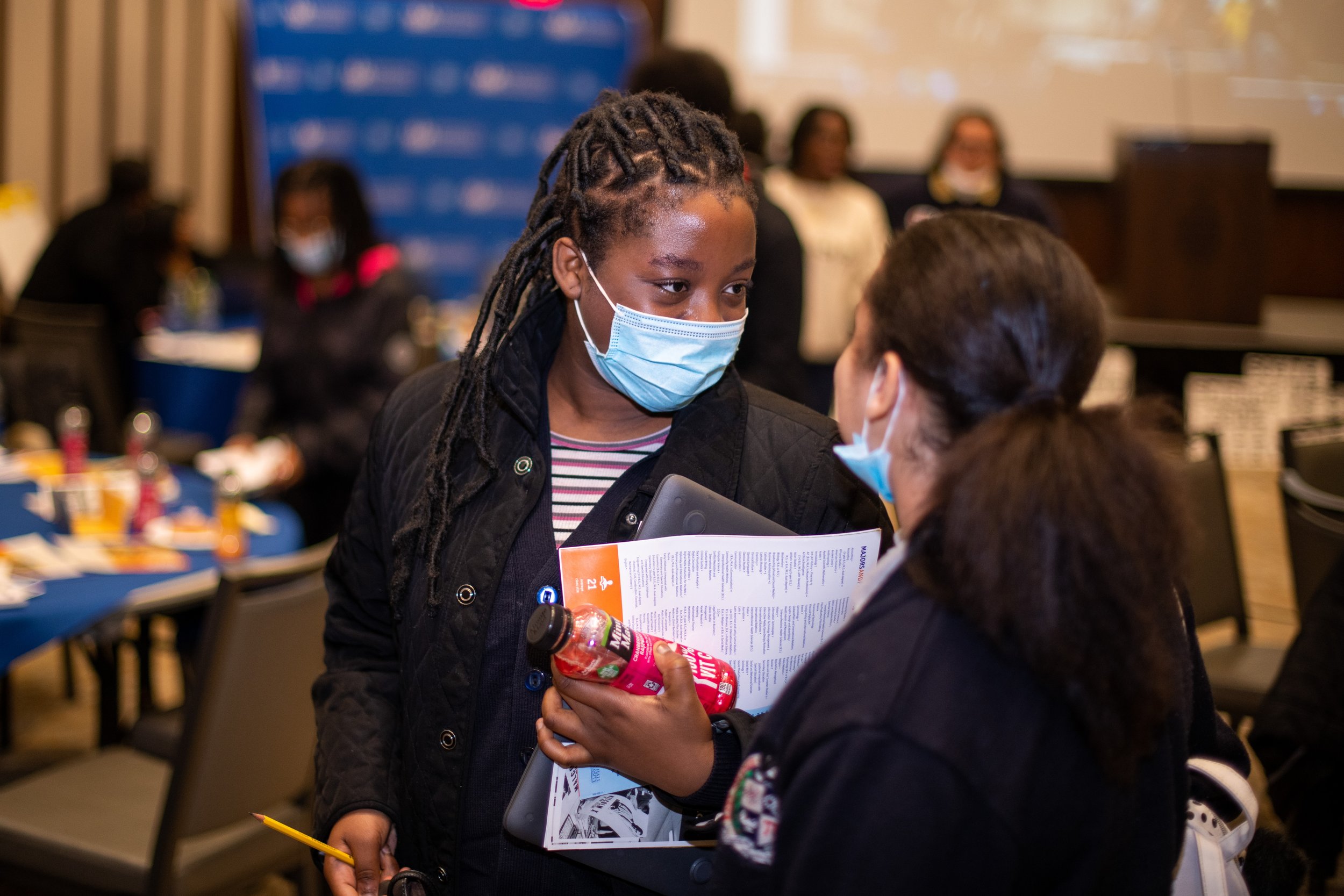
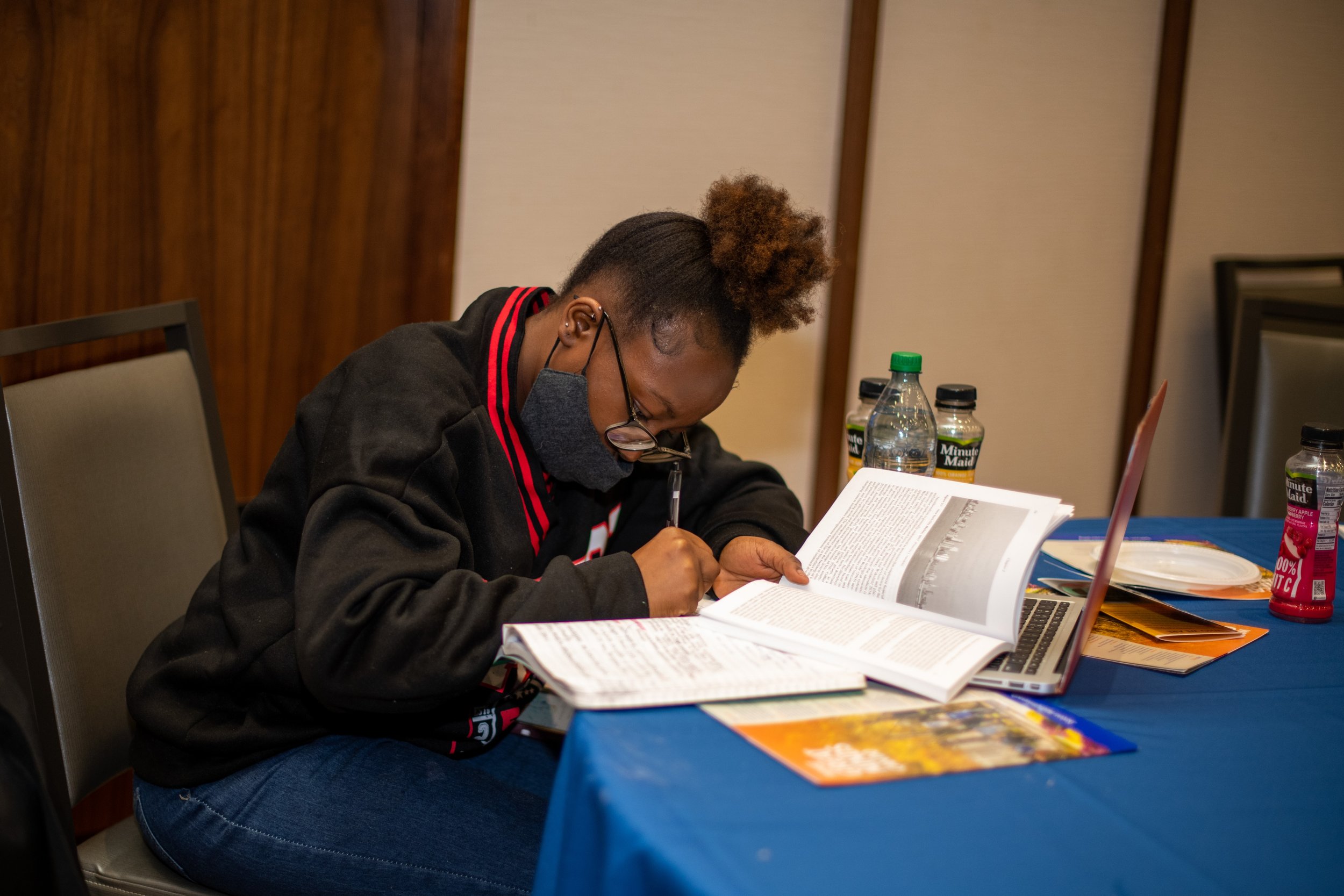

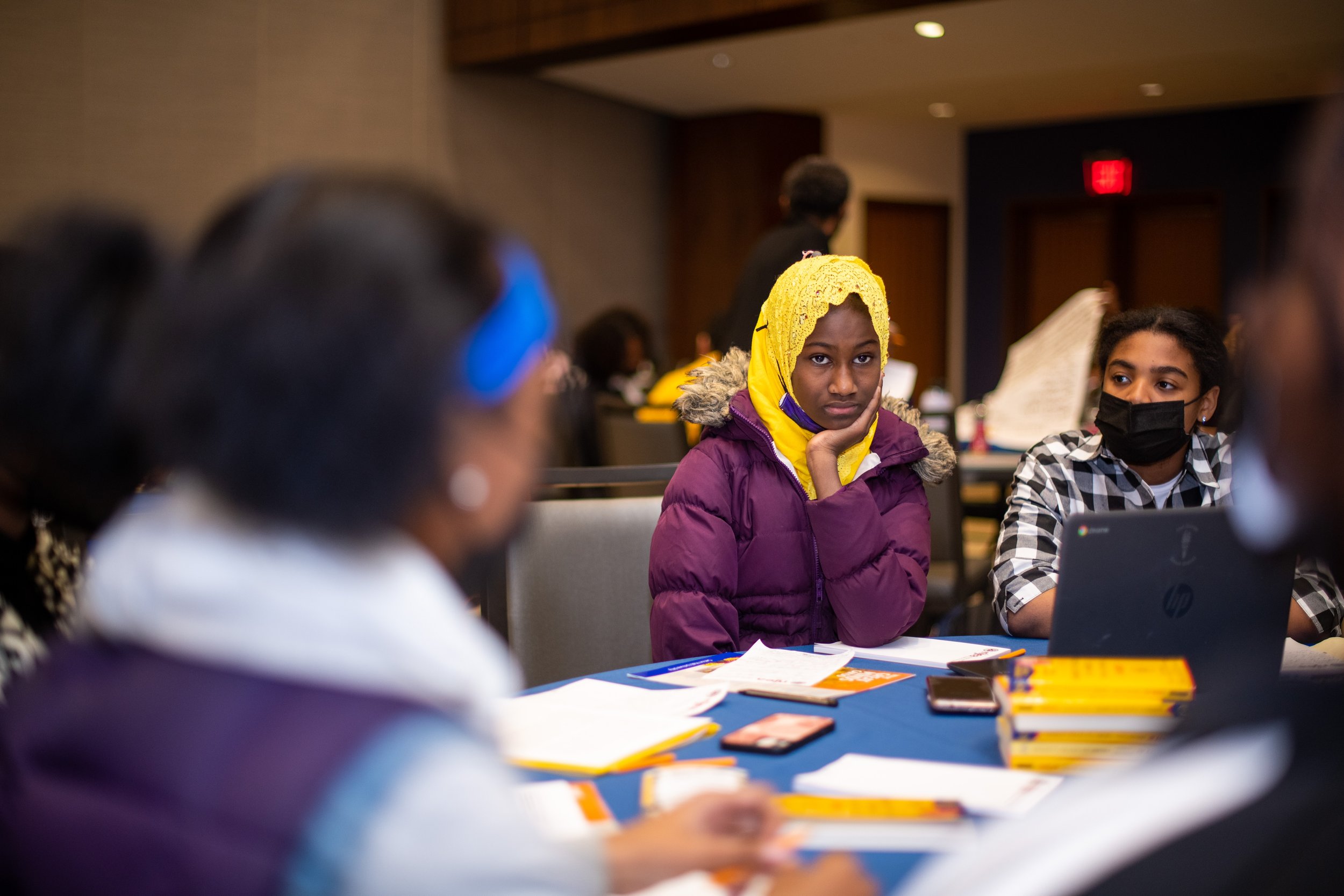
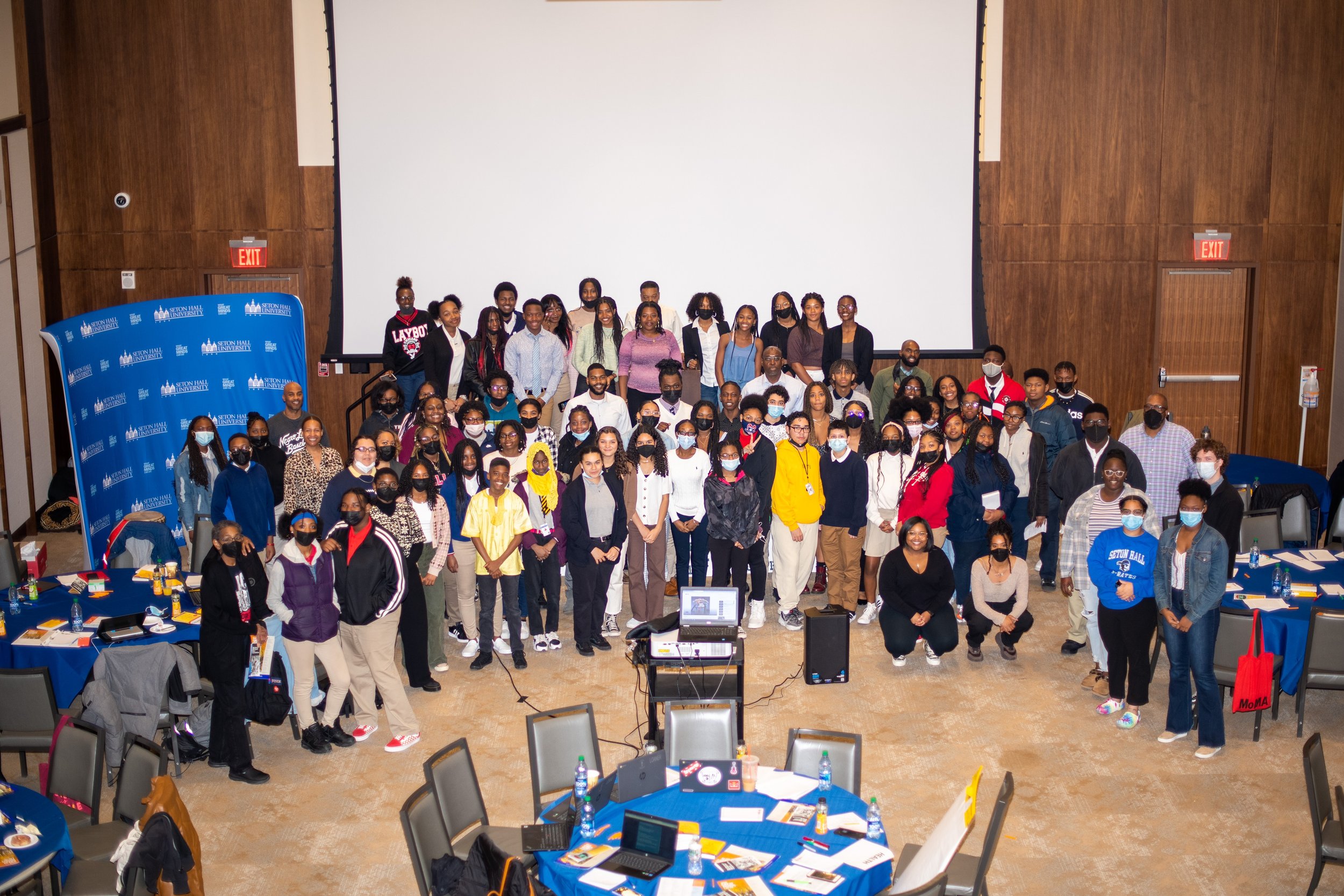
Teachers and administrators also shared their experiences working with students leading up to and during the Model Gary Convention.
Ikechukwu Onyema, a teacher at East Orange Campus High school, said he was pleasantly surprised at his students' enthusiasm about preparing for the conference. "These kinds of spaces are where students get an opportunity to reflect on the change they want to see, collaborate with other students who are thinking about the same topics, and learn the skills of agreeing and disagreeing with each other while capturing their thoughts in writing," he said.
Tracey Prince, a history and civics teacher at East Orange STEM Academy High School, said events like the Model Gary Convention help youth engage in civics and policy. "It was enlightening to see the kids take on topics that are a bit mature, or something that would be out of their element, and begin to rationalize why certain things were important to them. So mental health, healthcare, and the prison industrial complex — you would be surprised how much they know. And them having to do research to build their arguments, I think that was entertaining and [for them] as a teacher, it's something that makes you say, 'I did a good job.'"
Shea Richardson, Department Chair of Social Studies for the East Orange school district, said, "It was inspiring because it's the first student convention, celebrating the 50th anniversary of the Gary convention. When this happened in 1972, it was adults who had powerful messages, but we all know that the youth have voices and ideas that need to be shared with the world, so for me, it was beautiful." She added, "We are educators, and role doesn't define us, but just being here for youth on a Saturday to me is an immeasurable experience."
"The students and teachers are very excited about organizing the model for 2023. We received reports from teachers about students proudly wearing their medallions to school and encouraging their peers to get involved," said Harris. He looks to build on the success of this year's event and engage more students from across the state. Organizers will also select students from among this year's delegations to present at the National Black Power Convention in August.
Plans for next year will draw on a dedicated and passionate group of volunteer educators and college students who prepared the presenting teams and moderated discussion during the event, respectively, all to encourage students to expound and then act on their ideas for social change.
"When I was about 14 years old, I wasn't worried about politics or what was going on in the world. I was more worried about playing outside and playing basketball," said Matthew Miller, a behavioral science major at Seton Hall University. "To see the youth be so involved with issues within the Black community was definitely something that I was proud to be a part of," he said. And for Miller, listening to students' informed arguments also "gives me hope for the future that there will be change and that things will be better."
